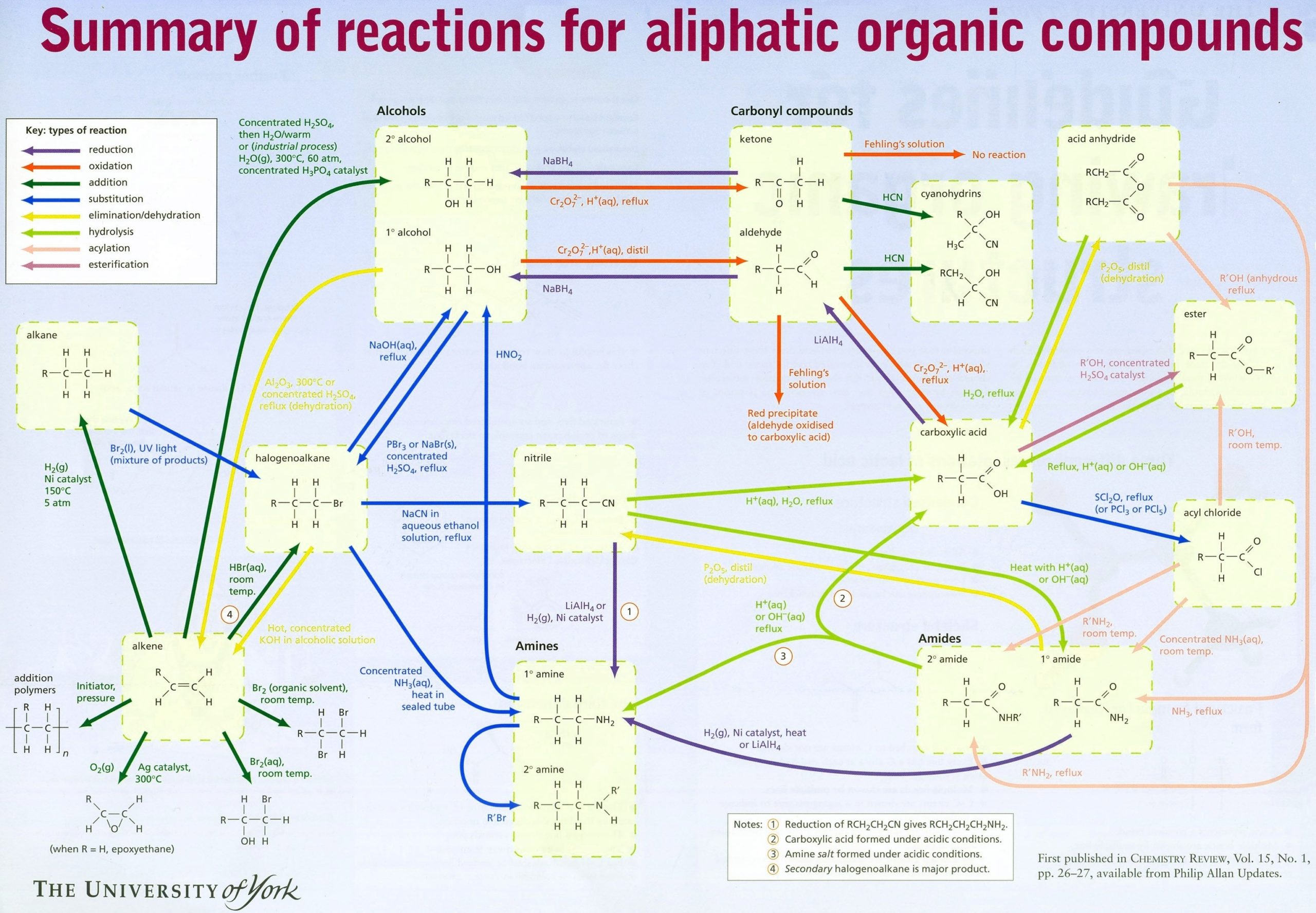
Organic Chemistry Reactions: Organic chemistry reactions involve the transformation of organic molecules through processes like substitution, addition, elimination, and rearrangement, governed by specific mechanisms and catalysts.
Charts | Diagrams | Graphs